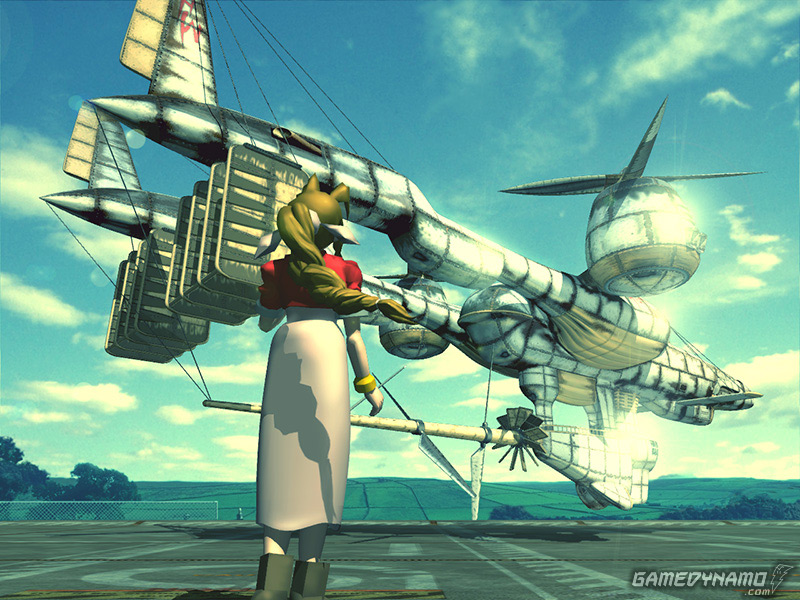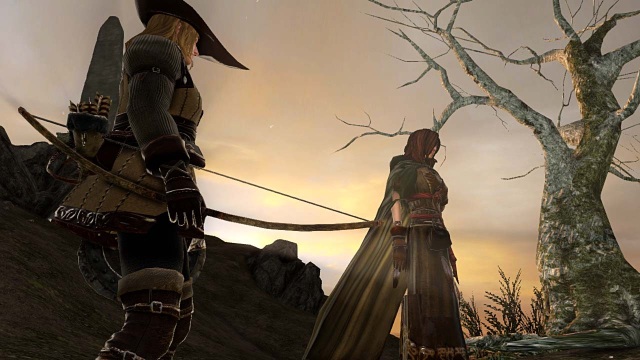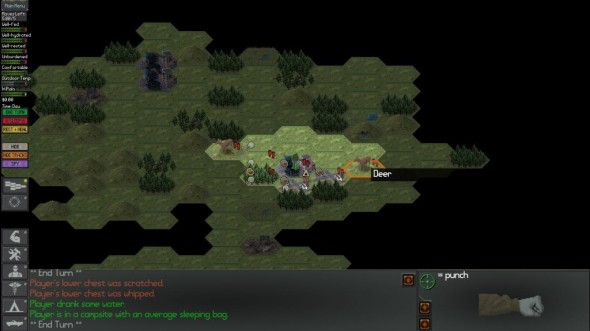Sudoku Puzzles are, in simple terms, number games. In the United States, Sudoku Puzzles are also referred as Number Place, but the term sudoku is of Japanese origin. It basically means multiple isolations, but the term is actually the Japanese abbreviation of a longer phrase, Suuji wa dokushin ni kagiru, which, when translated, would mean "the digits must remain single".
These puzzles were first published in the United States in 1979 by Dell magazine which gave the numbers game the name Numbers Place. Sudoku Puzzles were eventually noticed and brought to Japan by Nikoli Company Limited, a puzzle publishing firm, which gave the game its trademark name Sudoku.
Sudoku then went full circle when US-based Kappa reprinted Nikoli's Sudoku in the magazine GAMES under the name Squared Away. Subsequently, Sudoku Puzzles gained popularity in other countries, particularly in the United Kingdom, where it was published in the London-based newspaper The Times. Additionally, the game was also included in a number of puzzle anthologies, like The Giant 1001 Puzzle Book, under the heading Nine Numbers.
Sudoku puzzles are played on a grid measuring 9 x 9. This grid is often made up of 3 x 3 subgrids, regions, or cells. It starts with various numbers starting from 1 through 9. Some cells of the grid already contain numbers, which are referred as givens. The object of the game is to fill in the empty cells, one number in each, so that every column, row, and region each contain the numbers 1 through 9 only once. Therefore, each number in the overall grid is unique, or isolated, in each of the three patterns, hence, the term multiple isolations.
The main attraction of Sudoku puzzles is that its rules are simple and easy to follow, yet, being able to play the game successfully is quite difficult. This is why many teachers recommend the puzzle to their students in order to hone their skills in logical reasoning.
Sudoku Puzzles are usually ranked in terms of their difficulty, which mainly depends on how many numbers are given and how easy it is to logically determine subsequent numbers once a player starts completing the puzzle.
The term number place to describe Sudoku Puzzles is a bit misleading since the choice of numbers as an instrument to play the game is not entirely unique. Most likely, they were chosen more for convenience. In reality, any set of distinct symbols may actually be employed to play Sudoku, without necessarily altering the rules. This can include letters, shapes, colors, etc.
Sudoku puzzles are usually available free in many publications. However, a number of these publications have made slight variations in their respective versions of the game. Penny Press and Knight Features Syndicate, for instance, both use letters instead of numbers when preparing the very entertaining and stimulating puzzle. ESPN also made use of Sudoku Puzzles when it published the puzzle game where it substituted the positions on a baseball field for the numbers 1-9.






 The Week in Review: Games Media Awards winners caught wanking on a live stream Edition
The Week in Review: Games Media Awards winners caught wanking on a live stream Edition My Adventures on Planet Calypso
My Adventures on Planet Calypso How To Unlock Call Of Duty Black Ops 3 Zombie Campaign Nightmares
How To Unlock Call Of Duty Black Ops 3 Zombie Campaign Nightmares Dark Souls 2 Walkthrough Part 2.5: A Shortcut From The Forest of the Fallen Giant to The Lost Bastille
Dark Souls 2 Walkthrough Part 2.5: A Shortcut From The Forest of the Fallen Giant to The Lost Bastille NEO Scavenger - Ten Beginner Tips
NEO Scavenger - Ten Beginner Tips